Interview 059 • May 3rd 2017
- Interview and portraits of Jimmy Marble by Lou Noble
About Jimmy Marble
Jimmy Marble is a director, photographer, designer, and muralist living in Los Angeles, CA.
Links
Foreword
All of our interviewees inspire us. But Jimmy Marble is a special case. As a multi-disciplinary visual artist, he exudes creativity and thoughtful application at every turn. Every medium influences the other. Within every still, there is a video – every composition created with a carefully inspired eye.
This interview has been edited for clarity and content.
Interview
What do you consider to be the start of your official career?
2014 was kind of the first year where it felt like I could breathe a little bit easy, I wasn’t so stressed out about going to the grocery store. And then 2015 was the first year where I was like, “I’m middle class! This is good! This is easy!” And if I wanted to go and buy like a clean shirt, I could, no stress.
That’s nice!
Might even be a nice shirt. Yeah, I don’t know, it was like…2014 was the first year where I was like, “I’m getting clients that are recognizable!” 2015 was the first year where I was getting them more consistently, and it felt less like I was convincing people to hire me, or they didn’t feel so accidental. It was like, okay, they want this thing, I can do this, and I can present it well for them. And I felt more confident and deserving and capable by 2015, just because I knew the creative process for making personal work, but by the end of 2014, I understood the creative process of making commercial work, so I felt like I knew that language, knew that world finally. That’s kind of when I felt like a career person, when I could get on a phone call and talk to creative directors and not…feel like a phony, or feel like I was lucky to be on the call.


Kings of Leon 'WALLS' – Jimmy Marble
Waiting to be found out.
Yeah, yeah!
Is there a specific point at which that shift happened?
Yeah! There was one job, I signed with an agent at the end of 2013, and we had a few opportunities come our way, and then we were up for this commercial where I was going to direct four videos for H&R Block, and we didn’t get it. And it was really heartbreaking. We were really bummed out because we thought we had it. And then the next opportunity that came up was with Jack Spade doing their look-book for their Fall/Winter line of suits. My agent called me, and she was like “Jimmy, we’re not getting close calls anymore.” And she just sent me all of these photo decks from all these super-established photographers that she had collected over the years, and said, “this is how everyone else is doing it, you need to figure your shit out and learn how do to this, because you’re not missing any more jobs starting now.” And so, I worked my butt off on that treatment, and really changed how I did treatments, totally figured out the language of talking to advertisers, and how to make brands feel comfortable with your language and creativity, and all these things, and we got it. And I’ve lost jobs since then, but we got that one! And it really felt like this changing moment, where I proved it to myself, proved it to my agent, proved it to the brand that I could do it, I deserved to be at the table. And after that, it kind of, it was a tipping point for a lot of other jobs that came my way after that year, or after that moment. That was summer 2014. It was good.
Right now, are you more focused on photography or directing?
My personal goals right now are turning more back to video and directing. In the last few years, it’s been so much photo. But I don’t know, I’ve been wanting to make movies since I was a kid, that’s the first thing, that was my first real excitement was making movies. That’s why I moved to LA in the first place. I discovered photography through friends and it was supposed to just be a hobby, it was supposed to be something I liked doing to be creative in between video projects, but then it took over my life completely. And it’s been awesome, I’ve gotten so much work done, and I’ve exercised so many creative muscles because of it, but like…I’m not getting any younger. You only get a window to have a young body that can hustle and do it, I’m just feeling more and more like, I just turned 30 a year ago, so I’m going to be 31 in a month, later this month, and it is, saying that you want to, statistically, I’m guessing, saying you want to be a narrative director is probably like saying I want to be an astronaut, or something crazy. Where there are very few people working at a high level, very coveted thing. Not to say that it’s far out of my reach, there’s also all these X factors of talent.
More people want to do it than actually…
Put in the effort, yeah. I’m just really inspired right now to be pushing my directing projects more, and making an earnest effort at that over the next couple years. And I’ve got personal projects lined up, and we’ll see how it goes. It’s just, they’re so so fun. It’s such a bigger, bigger challenge, I don’t know. I love directing, I love telling stories. I love how collaborative it is, I love how many people work on a film project, like really, fully commit to it. It’s such a fleshed out world, when you make a movie.
Is your agent for photography or directing?
She’s all media for me.
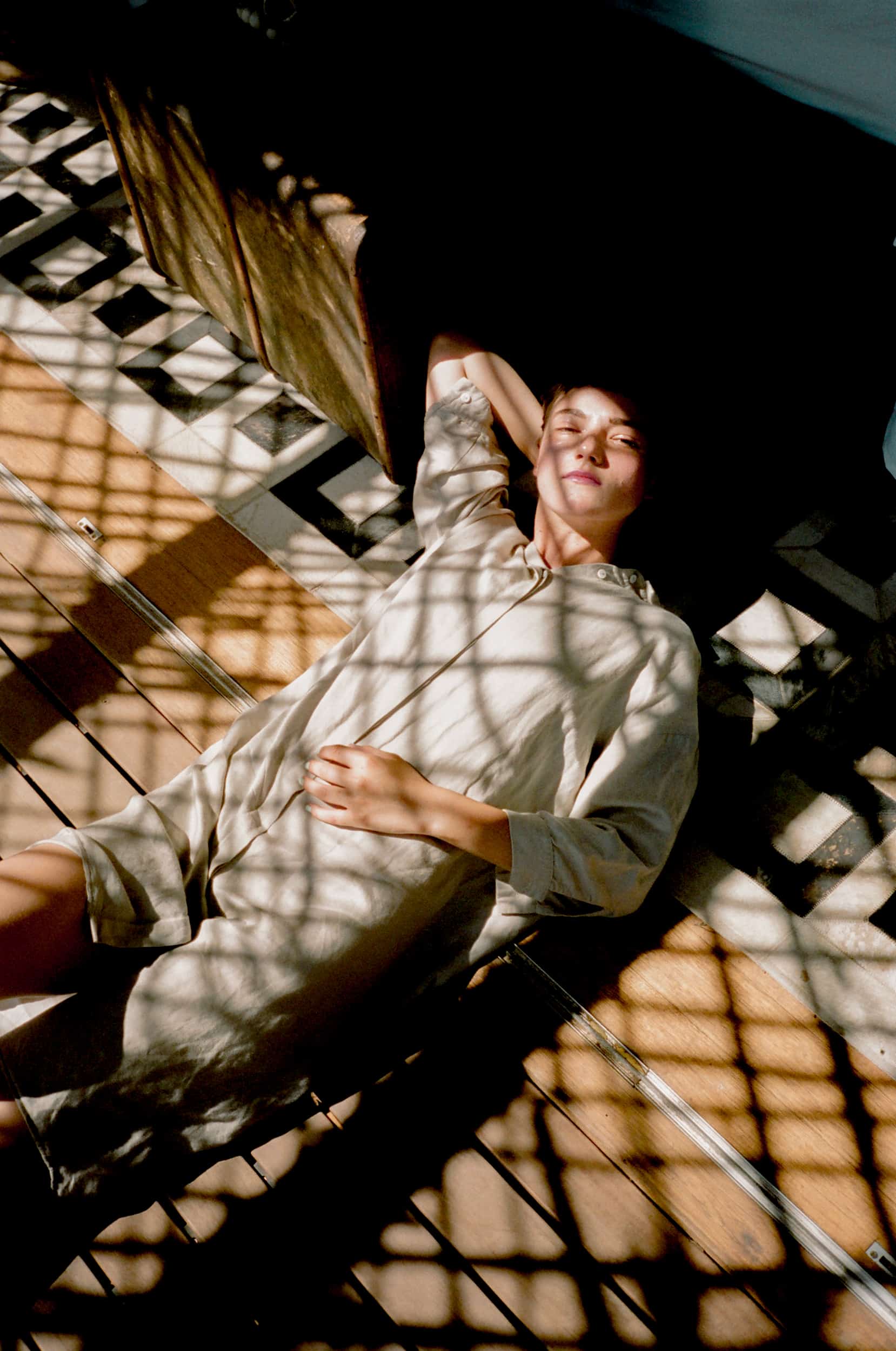

Self Discovery II – Jimmy Marble
Right. You want to do a full-length narrative?
Yeah, yeah full-length narrative. I mean, my ideal right now is getting a series on a Netflix, or a Hulu or Amazon.
You’d want to do more TV stuff, as opposed to a movie?
Yeah, totally. Because I want to tell a long story for sure, and I mean, feature films would be so rad, but I think the problem with it is there, they cost tons of money, no one is giving out mid-range budgets anymore, you’re either getting high budgets or no budgets.
Right.
And then it’s like, you can make a weird movie, but what’s the upshot? It just ends up on the internet anyway. Maybe you’ll screen it in LA and New York, and that’s it. So it’s like, I figure I may as well just cut out that whole process and make something straight for the internet. Because I feel like an investor or a backer expects something to be more unique if it’s for the internet. The internet expects something to be more unique, in general, than something in the theater. Something that’s kind of out there, and in the theater…
Doesn’t really happen a lot.
Doesn’t really happen.
There’s very little of it.
I saw you did the interview with The Daniels, and those guys did something super-unique and one of a kind.
But it’s a smaller film.
Smaller film! And I want kids in Witchita to watch my stuff, and they’ll be able to watch that movie, but they’re going to watch it on the internet, it’s going to Witchita.
So your notion is to make, if you want to make stuff that really feels idiosyncratic, you want to do it for television.
Yeah, that’s what I’m trying to pursue right now. I have a whole strategy, plan of attack.
That’s good!
Make all these benchmarks, but we’ll see. Who knows how it’s going to happen.
Do you have a timeline?
Sort of. I have a short film that we’re trying to find a premiere for right now that’s all finished and ready…
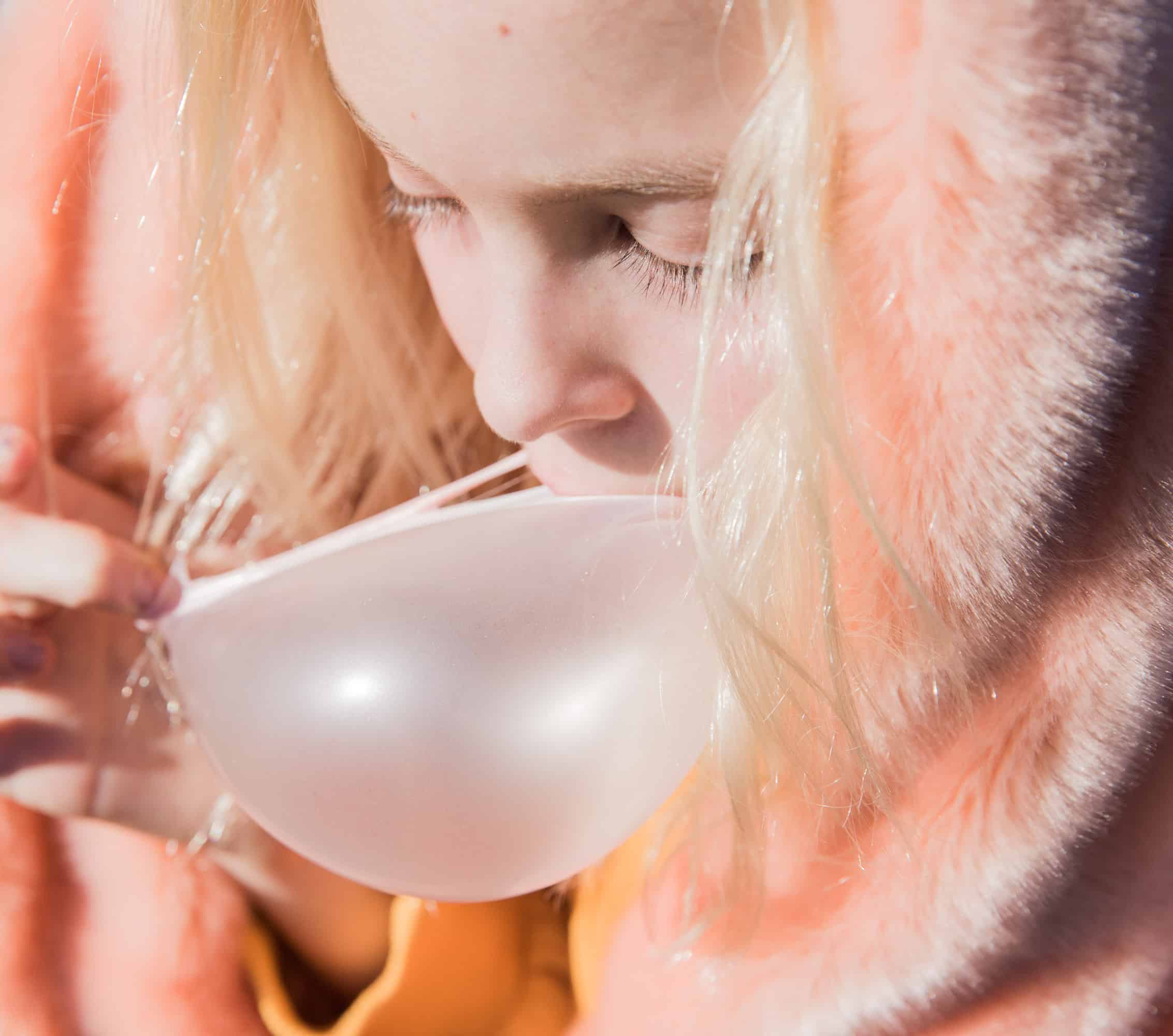
Reverie for jimjam – Jimmy Marble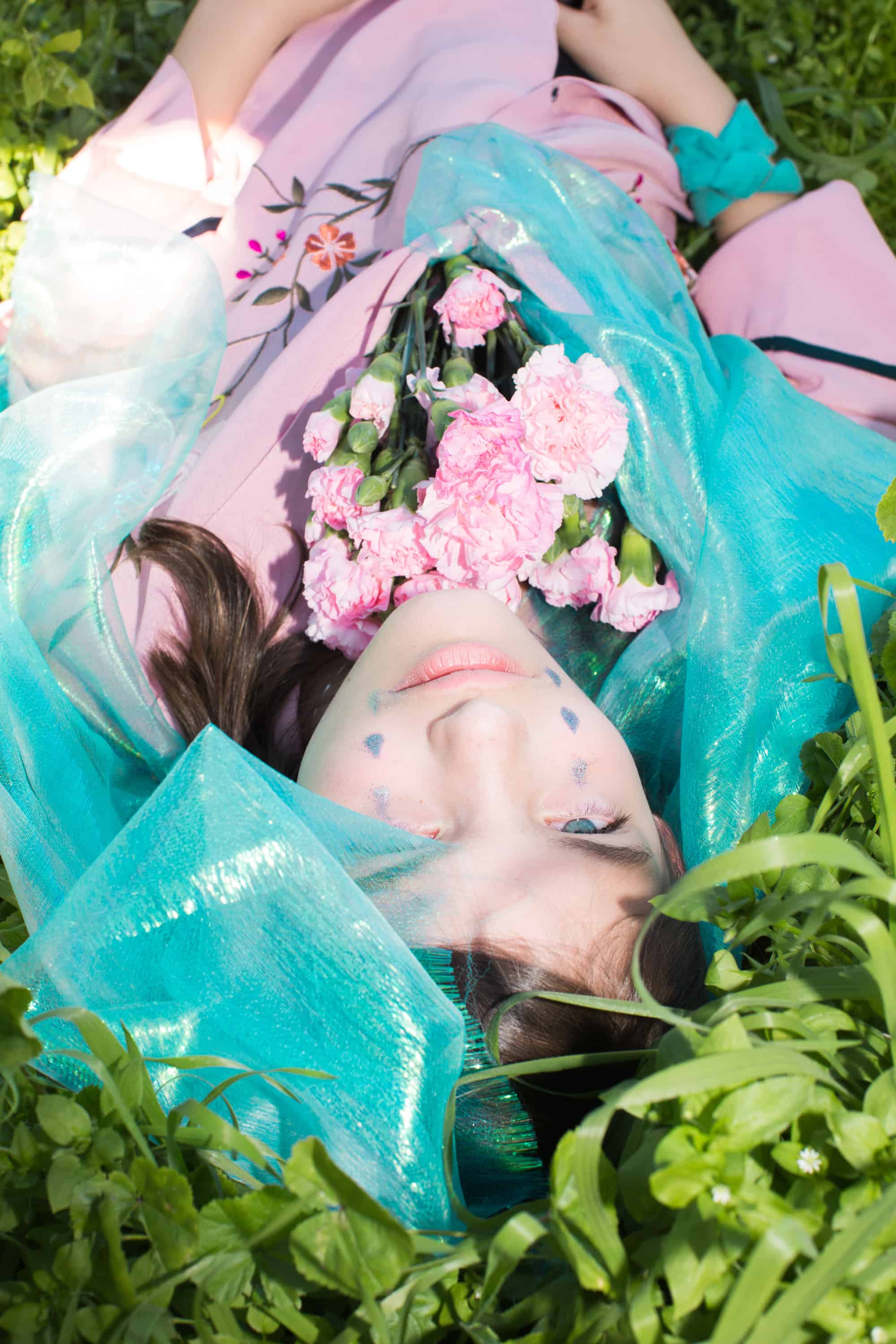
Your Kickstarter one?
Yeah! I’m really excited about it, I’m dying to make it public.
How long did it end up being?
10 minutes, yeah. ten minutes and thirty seconds. And then I have a really small scale web series outlined around that, as like a proof of content kind of video. Where everything would, kind of like…imagine the scale of High Maintenance? Like if I did seven minute long short films.
I love High Maintenance.
It’s so good! And then I have another short that is right now in pre-production. That hopefully I get made and seen next year. And then I have, over the last couple years, me and my writing partner have written, like, a proper web series, that’s would require a real deal budget.
It helps.
Yeah! And so we have that finished. So now what we’re going to do for it is write, like, a small short film that we could just make as a proof of concept for that web series, that’s not related to the story, but shows why these characters are so charming and cool, and why you would want to spend like a whole series with them. So that’s pretty much the plan of attack for the next year.
Mhmm.
But we’ll see. Time will tell.
What kind of stories do you really want to tell?
Kind of unpredictable ones, ones that take sharp left turns, and I know that I’m really, I’m really into what LA is right now, and I feel like other directors in the past have, when you think of Martin Scorsese, New York City is a character in his movies, and when you think of Goddard, you think of Paris, and you think, there’s just these cities and these directors that were really…the city was in a unique time-space, and it’s captured in these movies, and I want to do that with Los Angeles right now, because I feel like it’s in such a new zone that it’s never, you’d know better than I do, but you know, it’s such a new zone, such a new city, it’s become a melting pot within our own country, people are moving here, people have always moved here, but I don’t know what it is, but it feels exciting, and it feels not represented at all in the movies or anything like that. So I want to make movies that have LA as a character, where it’s not just like “LA Confidential” LA, but you know…
A little outdated at this point.
Yeah!
Hahahaha! How would you describe LA right now?
Oh god.
We ask the big questions.
It’s…I like, it’s a giant walking contradiction all the time. I feel like, you know The Singularity?
Oh yeah.
I feel like LA is a beta test for The Singularity sometimes, because…I was driving in Koreatown, and I saw this ramen shop, and it was in Koreatown, ramen shop and the ad on the wall was this cartoon of a big guy in a sombrero and a poncho holding like a ramen bowl. And I was like, “that is everything all at once.” And then, I don’t know, everything is backed up, stacked on top of every experience you could imagine that doesn’t exist is just happening on top of itself all over the city. It’s like they had a meeting for a city, and they’re like, “okay we’re planning this city, who’s got an idea?” And then they call on every single person, and then didn’t say “no” to anybody. I feel like that’s Los Angeles.
It’s like a giant fusion restaurant.
It’s a giant fusion restaurant! And it’s beautiful. There’s trees, I didn’t expect there to be so many trees here. I don’t know what that means, you see like palm trees in your head, but it’s like, there’s all these beautiful huge trees! Like crazy bushes, I don’t know, it’s kind of Seuss-ian, almost, the plant life.
You know that the palm trees aren’t actually from Los Angeles.
What?
None of it’s indigenous.
Yeah!
That’s my favorite part.
Again, more fusion!
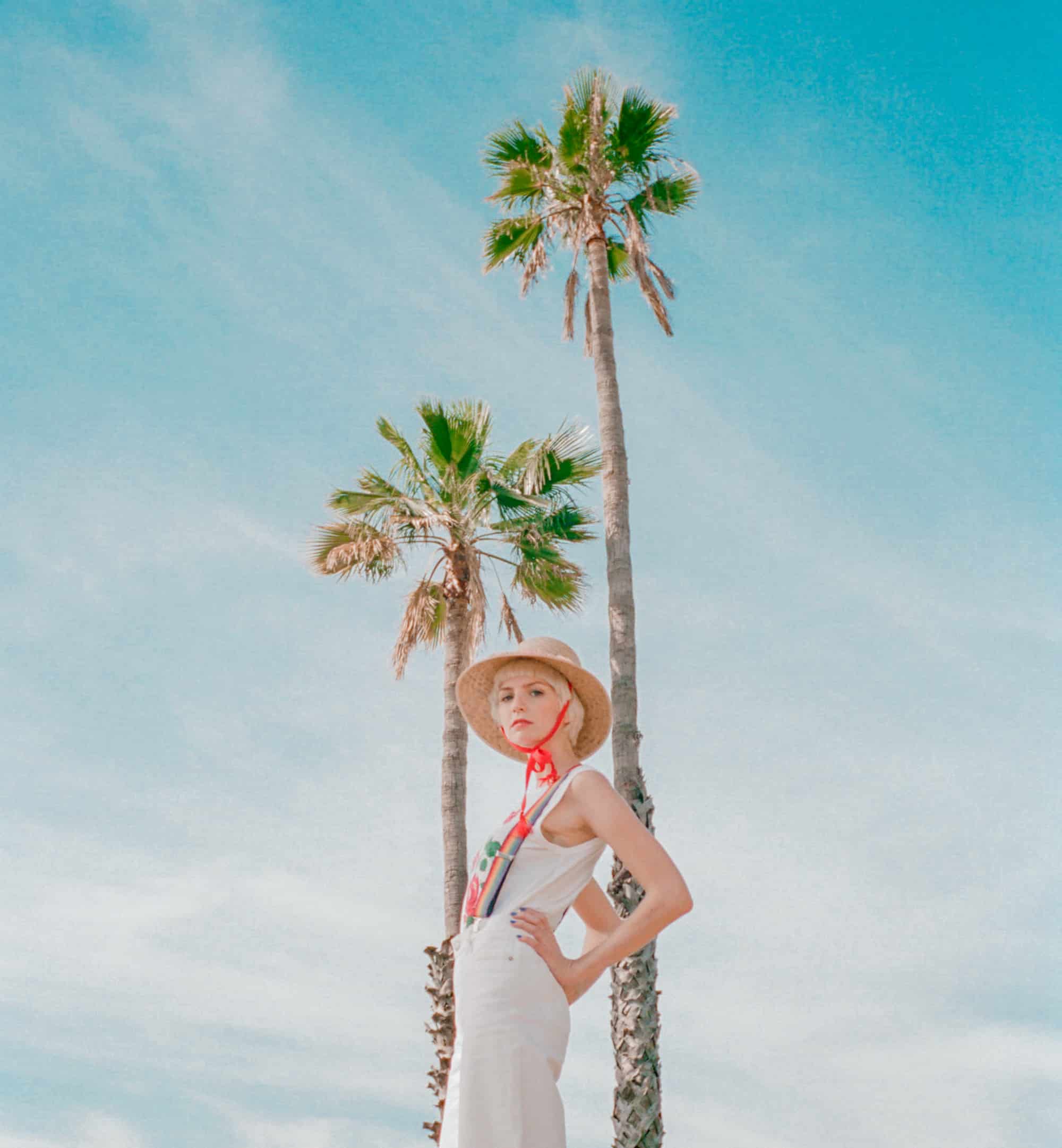
For Ban.do – Jimmy Marble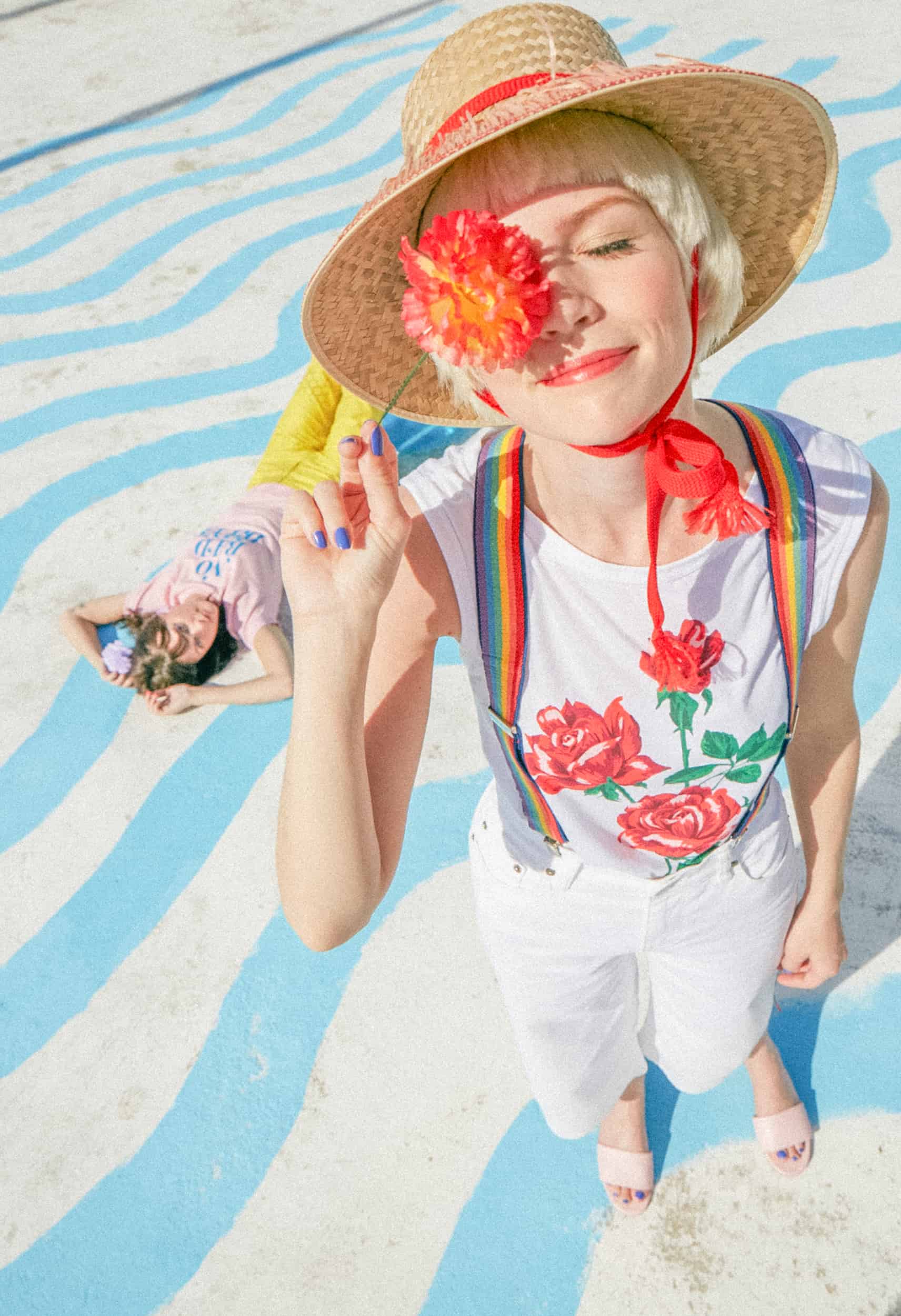
Yeah, it’s that we brought every single bit of plant life, we’ve brought in.
Yeah, yeah. No, it should just look like whatever’s between here and Palm Springs, right?
Pretty desert, yeah. What was your idea of LA that caused you to move here? What was it in your head?
So I was a young man, I was living in Paris, and I was in love with this girl who was, she was a woman.
Hahaha!
I was 23 and she was 29, and she was a legit, established commercial artist, and I was just this bright-eyed kid with big ideas, and we’re like “okay, well we’re going to spend the rest of our lives together, where are we going to live?” And we narrowed it down to three cities; Paris, New York, and LA. We could do what we wanted to accomplish in those three cities. And I didn’t speak French nearly well enough to start immediately, and she hated New York, and I had never been to New York, really, at that point. So we’re like, okay, Los Angeles, that sounds fun. So long story short…
Just because it wasn’t the other two cities.
Just because it wasn’t the other two cities, ahahha! And then we broke up but I still moved here anyway, to make it a long story short.
Right, it was already in the works.
It was already in the works, yeah, we had a place, and it was all lined up. I was really excited to get to work and start making stuff happen, and did not want to just be sad somewhere else, so I was like, okay, I’m going to go do it!
Hahahaha!
Hahaha! So, to answer your question more about what kind of movies I want to make, I really want to make movies that operate on two levels, where you can just like, you can either sit back and just enjoy beautiful visuals, and striking imagery. Because there’s people who just like movies like that. I’m more that way, I’m not the type of person who’s like, “hey no spoilers,” because I really just want to watch something and enjoy it for the unraveling of the thing. But then, also movies that…I also really want to make beautiful stories, because I think that’s extremely valuable, and I think that’s what makes something pop art, when you can appeal to all audiences, and they all get it, and they all love it. So that’s what I’m really striving for, is telling really unique, and interesting stories in visually beautiful ways that are combining different parts of art history, whether it’s music or fashion or regular old art history, borrowing ideas from old paintings, or oldish paintings, or new paintings, and just remix them all and repackage them and present things that are familiar in new ways that stir up new feelings, by using all these, like, a pastiche of everything.
What kind of stuff are you taking in right now?
(whistles)
I know, I know. That’s why I used my serious voice.
Hahaha, man. I mean…kind of, I guess…I’ve been trying to, god, then you’re going to ask me which photo books, and then I’m going to go, “oh god I can’t remember because my memory sucks lately…”
Well, you’re in your thirties now, it’s all going to start falling apart.
It’s all falling apart! The wheels are falling off.
Write everything down now!
I’ve been really into buying photo books of artists, because you find an artist like Vivien Sassen, and you Google Image search her, and you see the same like fifteen images.
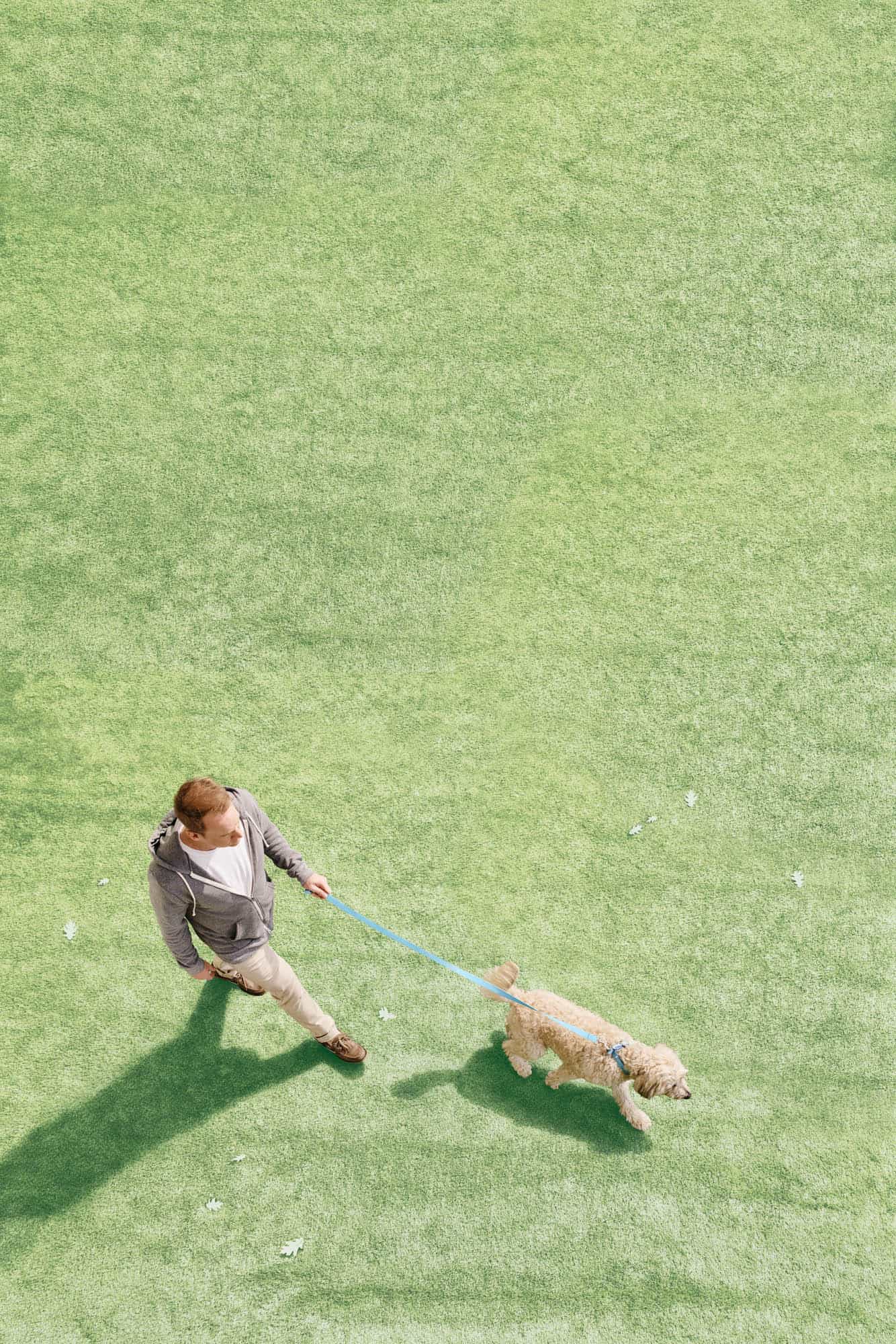

Steady Energy for Belvita – Jimmy Marble
Right.
But then you get her photo books, and it’s just like you’re seeing six hundred images. You see her ideas in a different way, because you’re like, “oh, this awesome photo is basically because these ten images didn’t fully work, but you had really good ideas for each of them, and then they all came together finally, and you nailed it here.” So I’ve been super-inspired by trying to understand process more, and my heroes, like their work more.
Who would you consider to be your heroes?
Vivien Sassen is a hero, she is a next level person. I didn’t, that’s the other thing, and then you see the timelines of these people, and you’re like, “oh shit, this photo that I’ve been obsessing over for 3 years was taken in 1998!” And it’s like, how are you so tuned in back then?
And to anticipate what’s to come by twenty years is…I also really geeked out on Man Ray this summer, and just like how obsessed he was with composition…I have this theory that a lot of photographers, you know, if photography had never been invented, you think about the relationship between photography and painting all the time, but I really really feel like photographers would be sculptors, or like a lot of them, just because you see this dirtiness of a Helmut Newton photo, and it looks like it’s made out of stone, it looks like it’s just, he just grabbed stuff and jammed it together. Not in a painterly way, in a really physical way, and that’s, those guys that I all just mentioned are heroes. I also really geeked out on Ryan McGinley, recently and…
Can’t go wrong, there!
Again, it’s just like, the volume of hits in his work is crazy. And you see, I mean, his work is so copied now that you can almost, it almost, if you let it, it could take away the aura of his work, but then when you dive in and you see it…
He still does it so much better!
Different league, different class of any imitator he’s got. It’s exceptional. It was really inspiring.
So when getting photo books, what were you looking out for?
Like, what’s…
Why go to Ryan McGinley all the sudden?
So what I love about his work is the constant challenge, I mean, my work is usually pretty designed and contained…but I always always always, no matter how much you build a set or do whatever, I want to figure out a way to make the photos feel spontaneous somehow, like incidental, I don’t know. Just bring out some level of human-ness so it doesn’t just feel like a static photo, or a catalog.
Too tight.
Yeah. Give it some humanity, a couple flaws, or something that’s not perfect. And his photos are just like, it is that on full blast. Who was it, in another photo book I’ve been, I think it’s a Tim Walker one. Tim Walker has one that’s got a lot of his notebook notes in it, and there’s this one photo that he clipped out of a magazine, or where ever he clipped it out of, and pasted it into his notebook and wrote “learn how to shoot people in motion.” And it’s a photo of a guy jumping, and it’s like, Tim Walker is another hero, and just in how, you are going to his circus when you’re looking at his photos. He is like your tour guide into his imagination, that’s what I really love about him. But I feel like that is the reason that journal entry resonated with me, and why I think I like Ryan McGinley’s work so much, is that, it’s the in motion where you capture, that’s what makes it powerful. Because it implies there’s a before and after if there’s motion; something’s just happened, something’s about to happen, and we’re seeing it. It rules. That’s like when a photo, you can take a cool photo of Michael Jordan sitting down, but it’s a lot cooler photo when he’s halfway between the free throw line and the hoop about to dunk it.
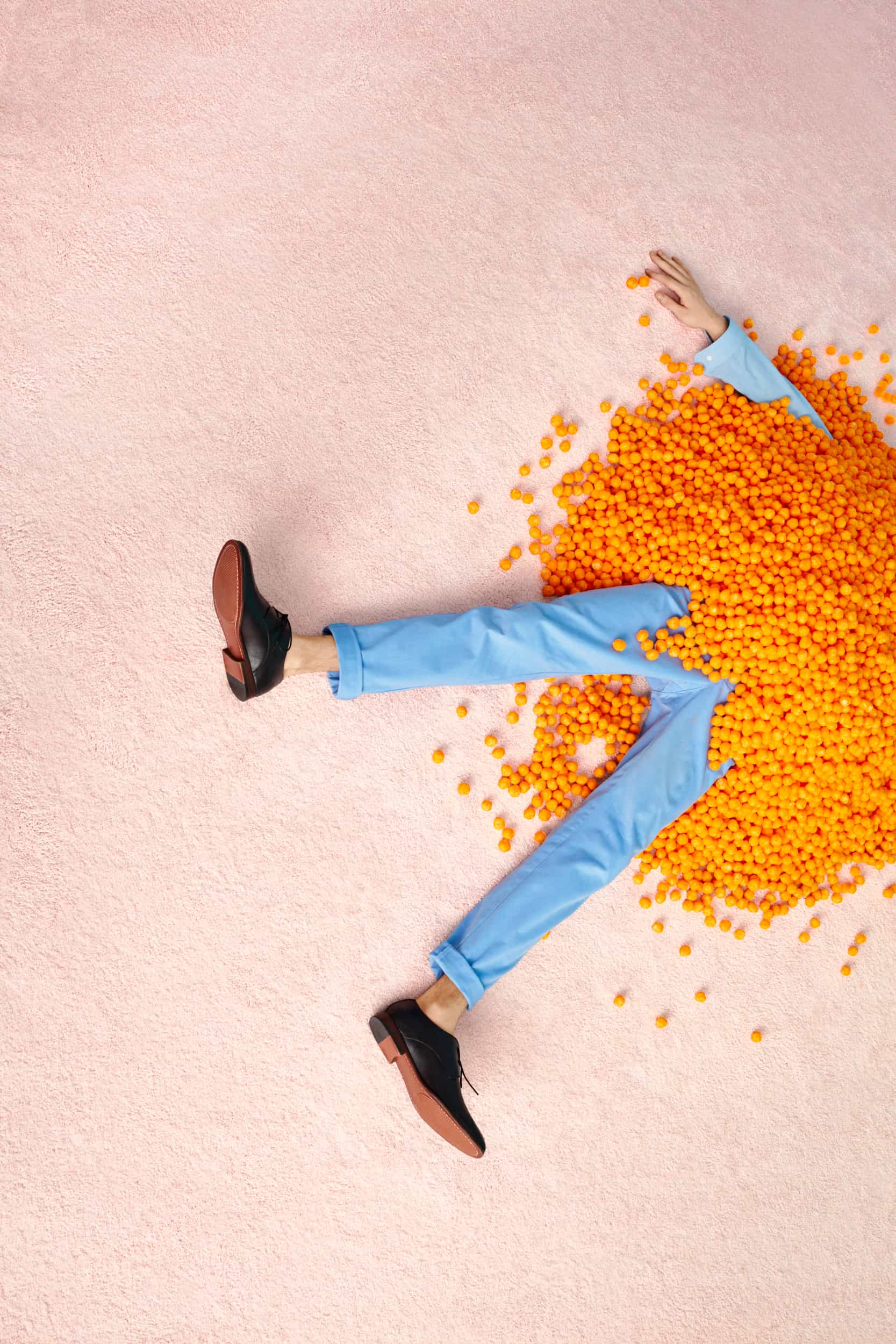
A Year of Stains for Cotton, DDB – Jimmy Marble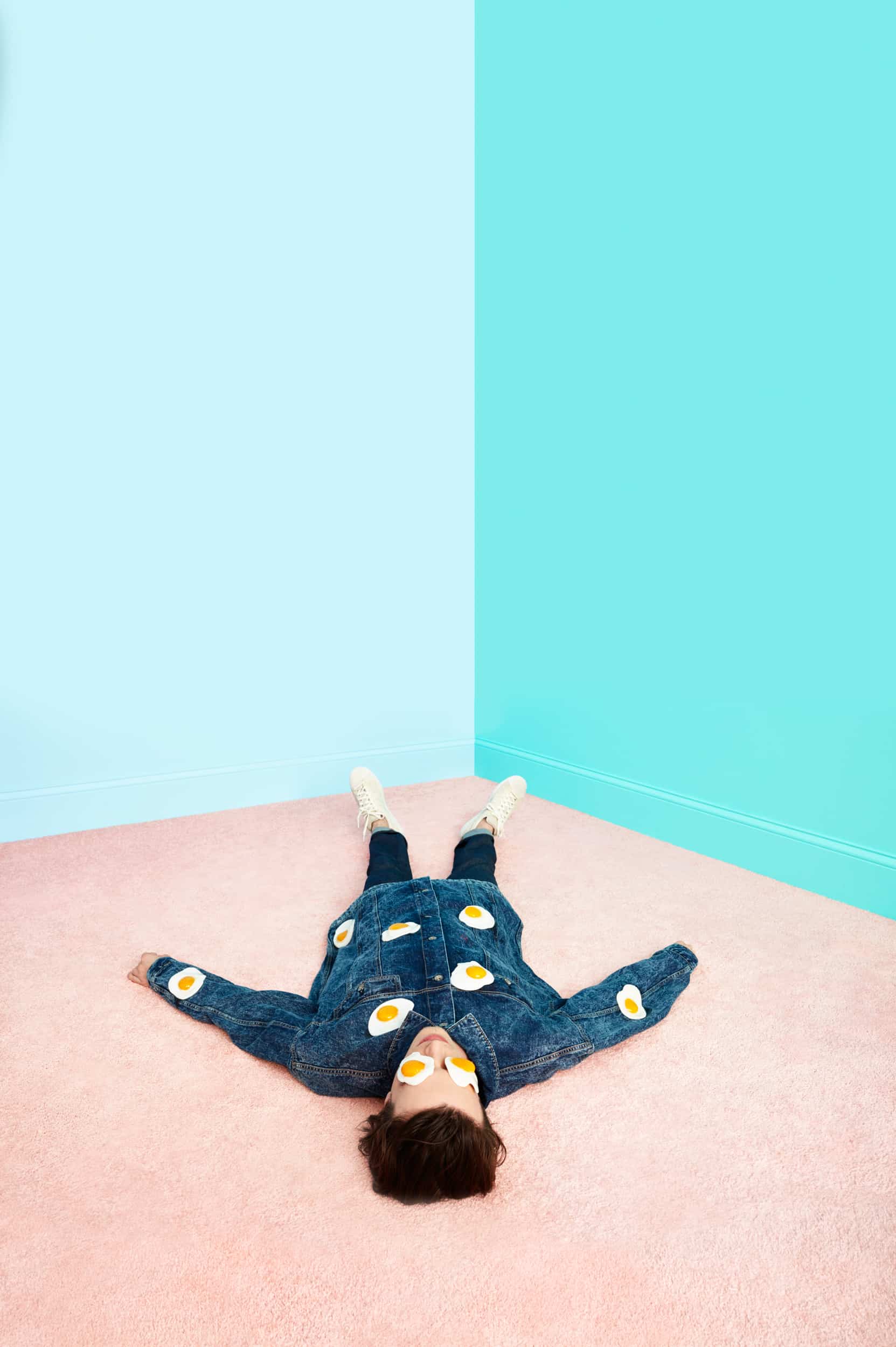
It implies some much more for the future and in the past.
Yep, yep. Those are the photo heroes. There’s more…
Yeah, motion within a still isn’t something you really played around with so much.
Me?
Yeah.
No, but I’m always trying to, haha! And I think that the best photos I’ve ever taken have motion in them, and I always wish that they had it, but I think the ones where I’m like, “that’s a photo I’m proud of,” they have it, somehow. Give it a little life! Some razzle dazzle!
Just more kinetic energy, yeah. When you look at your work, up to now, how would you describe it?
Gettin’ there, it’s gettin’ there.
Is there a Utopian ideal for your work in your head?
You mean…like an overall idea I’m hoping to accomplish?
Yeah.
I mean, it’s kind of the same thing with how I would describe my directing, I really just want to…I really just want to try to convey emotions, convey stories, by taking on different forms of inspiration and media and remixing them, and trying to present it in a way that people haven’t seen, or in a way that’s new.
Because your photos don’t imply story like a tableau would. Like a Crewdson, or a Schude.
Yeah, right. Definitely, totally not. But I feel like there is, I don’t know, I try to do it in more…I don’t know, I don’t know how to say it. Whether it’s just like through a pose, or through an additional prop, or something, trying to create the feeling that there’s, even if it’s in a really abstract world, trying to create the feeling that something else is happening, that’s part of a moment. Even if it’s an ambiguous moment, even if you don’t know what’s going on. I try and create more characters out of my models than just subjects. I try and do it more as someone who’s going through something, or is something, but yeah, it’s definitely not obvious or overtly narrative, that’s for sure. And maybe it’s just me being wishful thinking and telling myself there’s more going on than there is, but I believe it, heh.
You know, a question that I’ve been asked that has made me curious, is you photograph women more than anything else, do you think about that?
All the time. Yeah, I’m always thinking I need to be shooting more men, I need to be shooting more of this, more of that. This year, I’ve been particular shot more of a diverse cast of people than I’ve ever shot. And a lot of it is thanks to Fudge Monthly.
This person’s got a gap in their tooth, but this one doesn’t, and that’s kind of where it ends. So with Fudge, and granted, there’s a lot of models in it, and it does sometimes get fashion/editorial looking, but by and large, I would say a majority of the photos, yeah, not just like pretty 20-year-old girls.
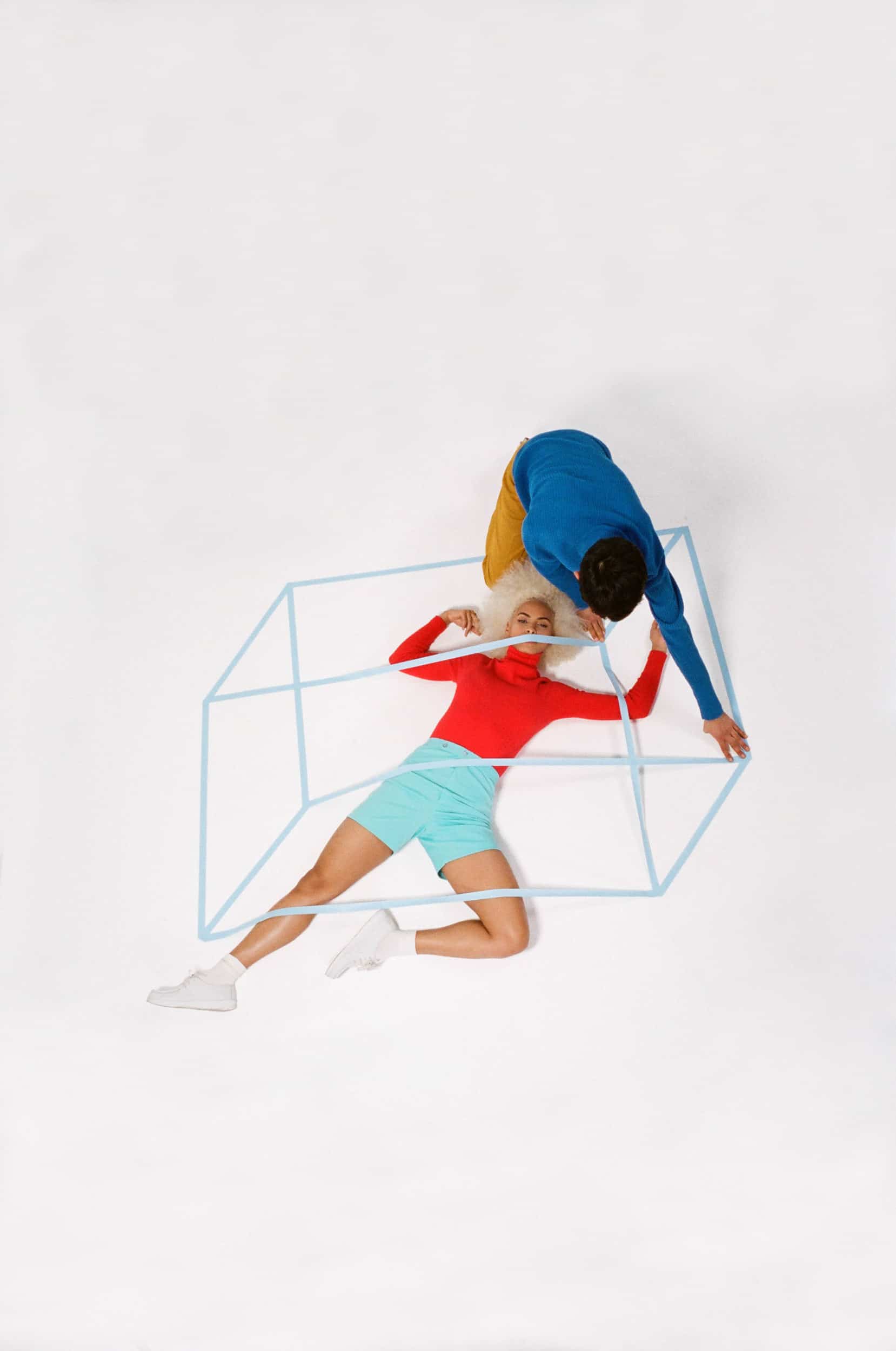

'Perspective' for Fudge Monthly – Jimmy Marble
Right.
A lot of pretty people, though.
Why do you think that is what you shot before you…?
I think, well, I know I was trying to put together a portfolio that would make sense to advertisers, so on one hand, I was trying to play that game, and then on the other hand, there’s just like being a new photographer, it’s like, okay I need models. This is what comes to mind when…
That’s the default.
Yeah, the default. But yeah, that gets boring, and a lot of the times, they’re also, the people were just, the models were just my friends and I didn’t want to try and go through a modeling agency, so I was just asking pretty friends to be in photos. But then yeah, you don’t want to recycle your friends, you don’t want your whole portfolio to be the same five friends for a decade, but then you also just kind of notice there’s something kind of homogenizing about…doing what everyone else is doing. It’s like one more way that you’re kind of like all the other photographers. So yeah, I was excited with Fudge to really branch out and create more interesting imagery, I think in particularly, the Cake and Crying issue of Fudge, the second issue, it is, I really like that cast, that’s probably my favorite cast I’ve ever put together for a shoot.
Were you able to stick with one a month?
Yeah, one a month through…but I stopped in September, so through August. It’s hard, it’s hard to make a monthly magazine…it was time and resources.
And your wedding was coming up.
Yeah, and I had a wedding to plan, and I really wanted to like, I could tell I was not going to make any progress on the movies that I want to make if I was making a monthly magazine, so. I didn’t make it a big public statement saying “IT’S OVER.”
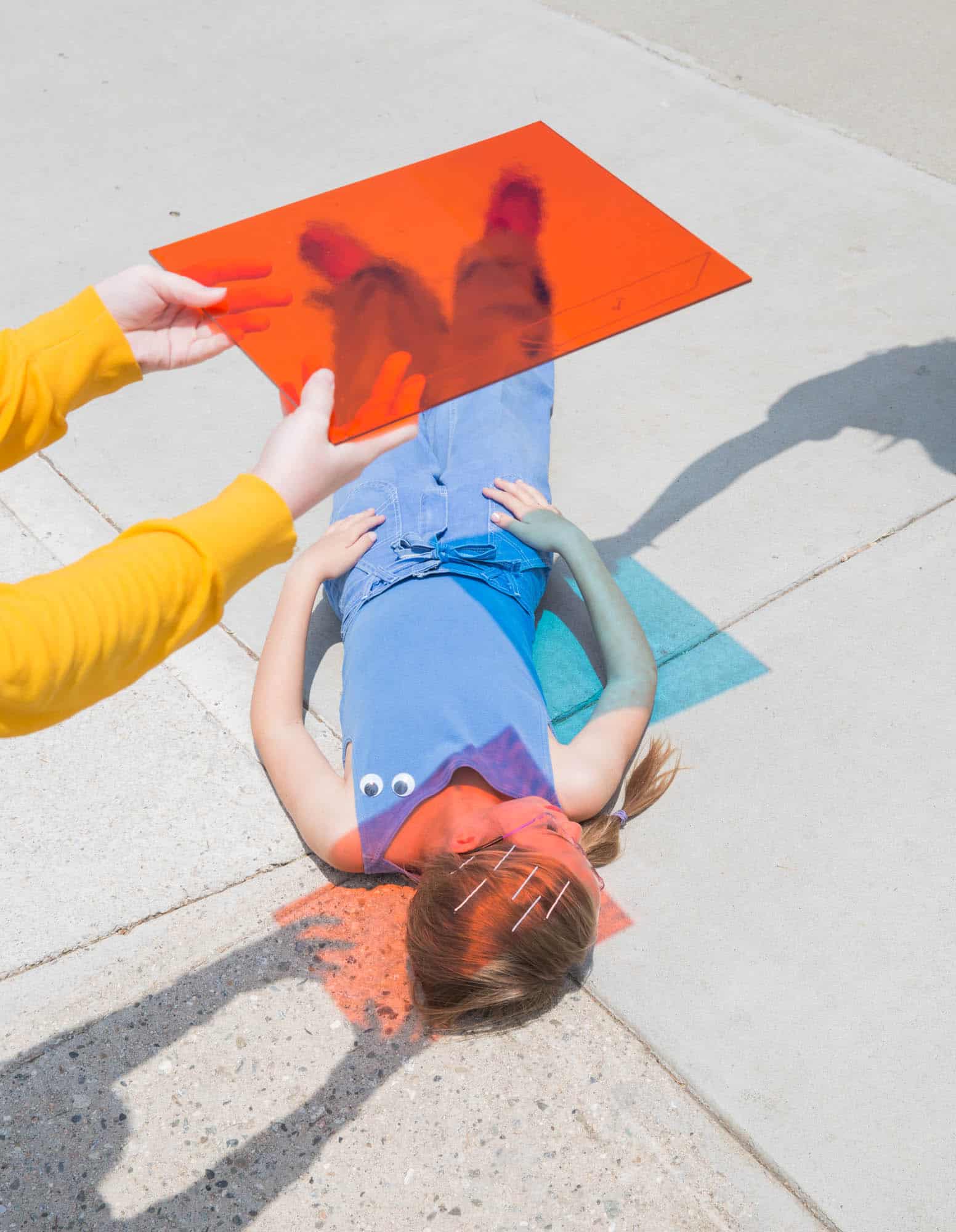

The Youth for Fudge Monthly - Jimmy Marble
Right.
Because it’s fun to pick up, it would be cool to make another issue of Fudge someday, but yup.
How did you go about finding a more diverse cast?
Casting, yeah.
Okay.
We just posted like, “we need Indian grandma,” and we got twenty women who look like they could be from India all over the age of like sixty.
Did you pay them?
I think $50 bucks a model, but I don’t know, it was just awesome, it was so fun. What was also cool about that one, is that they were all, for the most part, actors, so they all took it way more like characters serious base, and models never do. Super fun shoot, for that reason, alone. Yeah, we used to like casting a lot for Fudge, actually. It was good.
It’s a smart play!
Because it’s just people who are willing to show up for a buck. They’ll be like, “oh yeah, I’ll show up if you pay me.”
$50 bucks, yeah no problem.
“I’ll be there for a couple hours!” Haha!
Where did you shoot them? At your studio?
No, that I think we shot at The Forge.
Ah.
Good ol’ Forge, God bless it.
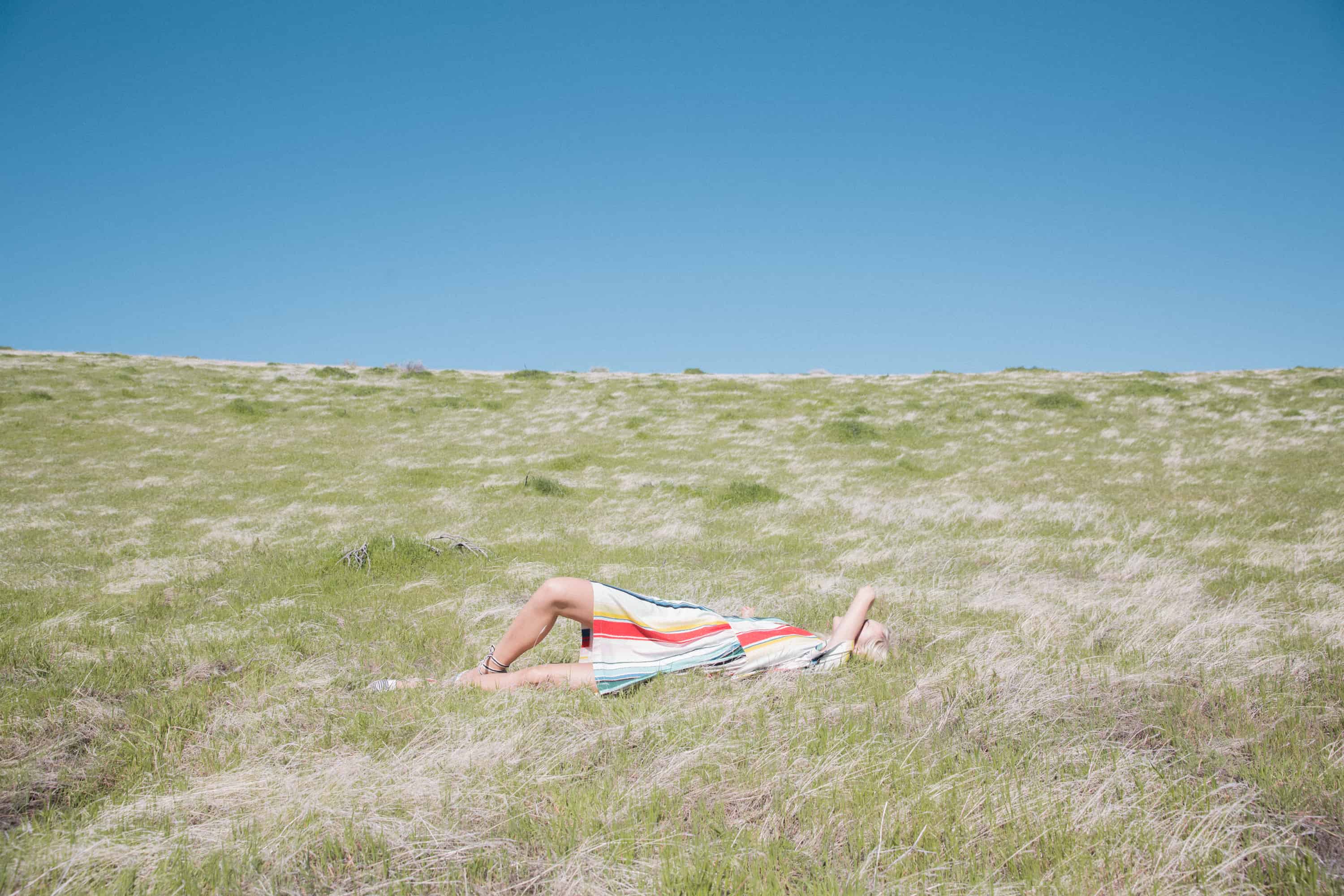
For WHiT NY – Jimmy Marble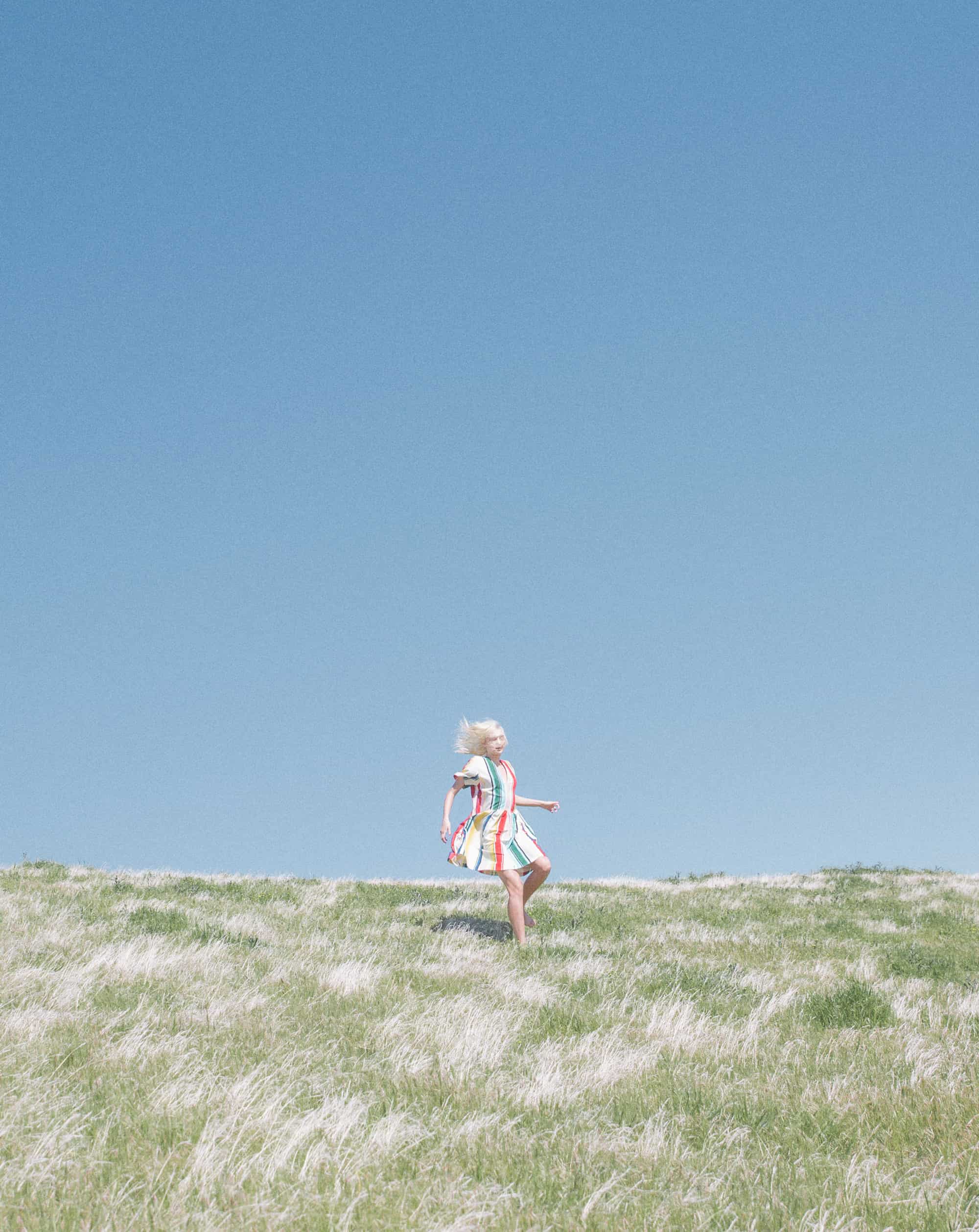
What did your parents want you to do?
(whistles)
You said they wouldn’t let you study, like go to art school.
Yeah, yeah. I don’t know, anything that didn’t seem like a risk. I think I heard my dad bring up just about every career possible over the arts. There was a while where he was like, “you should be an architect,” because that’s like art.
That’s a good one, yeah.
Which is, that could have been cool!
You could draw stuff!
He was like, “you could be an attorney because that’s like the theater!”
Hahaha!
Which is awesome, that’s probably my favorite one. Yeah, anything, I guess. I think the idea of their son being an artist scared them on a lot of levels.
Why?
I think they didn’t want me to be weird?
HA!
I think that was the most superficial reason. I think that they didn’t want me to, I think they had this, like, I don’t know, some mixed-up view that if you’re an artist in the big city, you’re hanging out in heroin dens or something. I haven’t confirmed that, but that was the suspicion. And I think just probably on a way more practical level, just the idea of being, you know, “who are you to say you can just be an artist and make a living?” Like that kind of thing, that’s not an easy thing to do. And everyone wants that, but not everyone gets it. And a lot of people don’t want to be artists, but a lot of people, it seems like a cool think to do.
Right.
And I don’t think they had…creativity was not something that was on their radar, so I don’t think it was something that they were like, “oh, Jimmy’s kind of a gifted kid with this stuff!” So I think it was kind of a big surprise that I did okay.
Where do you think you get it from, if not them?
Hmm. I don’t know, it’s a talented family, there’s, everyone’s really smart, and my grandma was a really great musician, in her own right, and…I don’t know, one cousin of mine is like getting his PHD in doing research at Cal Tech right now, just doing really interesting research on cancer cells, and stuff like that, and I don’t know where that gene came from. So I don’t know, I guess it’s just sort of like, who knows where these things come from, but it is, we’re, it’s a cool family, and I don’t know. Everyone just got strange little gifts, I guess.
How do they feel now?
Oh, so proud, it’s as if they’ve been on board the whole time! They all saw it coming from day one, they’re pumped.
“I always told you, you should have gone down there, I’m glad you took my advice.”
Yeah, I definitely took their advice!
And then how did you, I saw that you had done the mural, I guess this was last year now, right?
Mhmm.
How did you decide you wanted to do that?
I don’t, okay, I…
Because it doesn’t seem, it’s not photography, it’s not filmmaking.
No, it’s like a whole other thing. It’s something I wish I could put more hustle into, but there are only so many hours in the day, because it’s…out of everything, just on a really physical level, it’s the most satisfying.
Right.
Because you’re actually there making something that has to be done right, in person. You can’t retouch it later, you can’t edit something out. And it lives there! Someone can throw ketchup on it, and it’s like, all of a sudden, your work has ketchup! So it’s a really satisfying way to make art, because it requires touch, and a level of skill. Turning a sketch into a huge wall is challenging, how do you do it, you just figure it out as you go.
You said that someone from hotel contacted you. Why did they think you could do it?
One of the mysteries of life! You know, maybe, she could have seen a painted set in a photograph I took, or something. But specifically…you know, there’s a few projects in your life where you’re…I was talking about the Jack Spade one, a big moment in my commercial career, the mural I did at The Standard in 2014, which was pretty much the same two-month span of that Jack Spade job; that was pretty life changing for me, too. It was really this moment of great, a great confidence boost, because I had no history of making murals, I had done a lot of watercolors, but she was like, “hey,” she brought it up to me at a party, and I was like, “oh yeah, that sounds cool, I would love to do that!” Yeah, and I didn’t want to just say no, I’ve never done it, I wanted to be like, “yeaaaah, let me put together a pitch.” So I put together a sketch, and everyone at The Standard was like, “cool, do it. You’ve got the wall for two months this spring.”
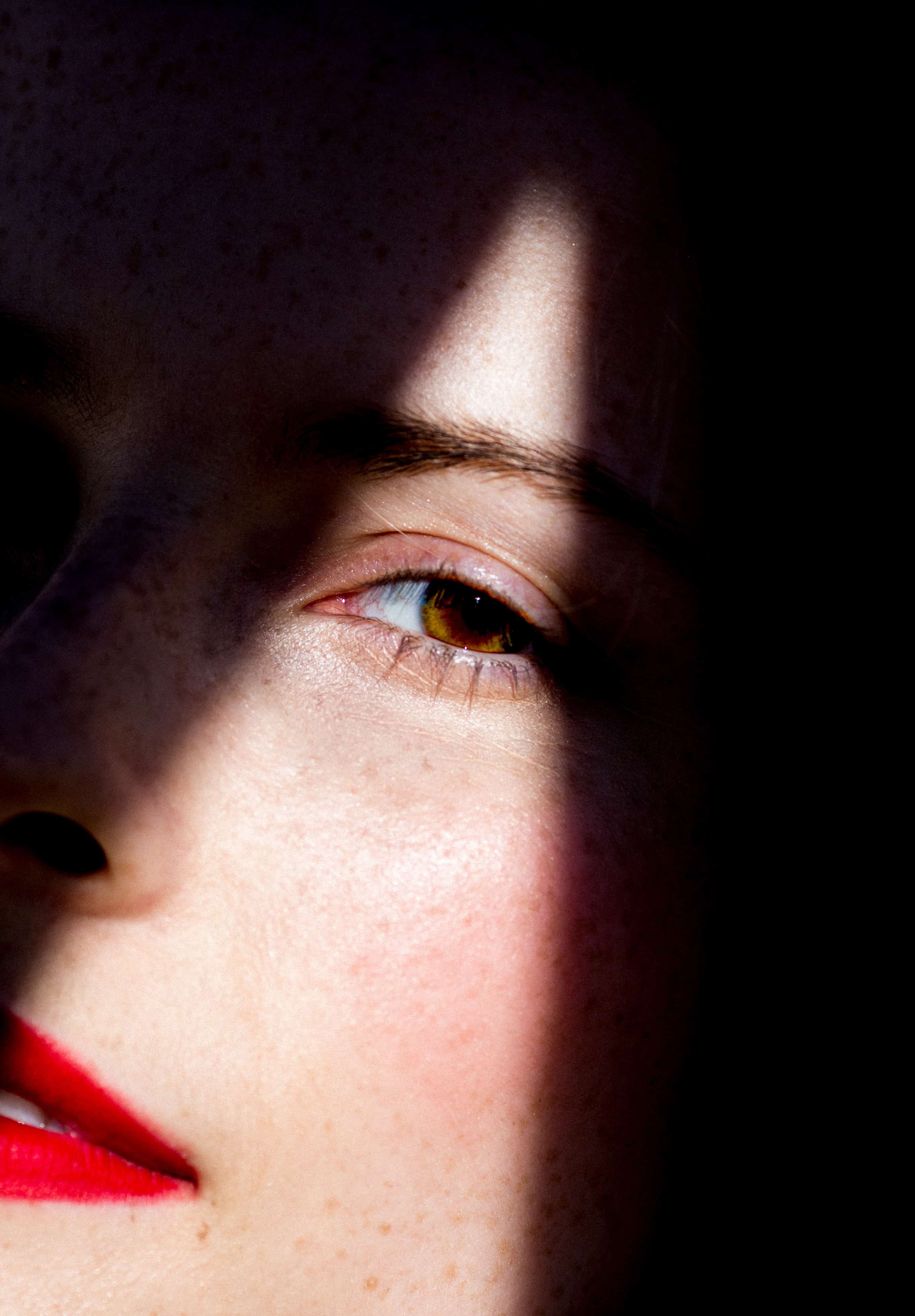

Close Up – Jimmy Marble
To paint it?
To paint it, to have it.
It would be up for two months.
Yeah, it would be up for two months. And it was this project I was so unsure of, and I was able to put together the right team to do it, to help me do it, I made great friendships out of it, and I guess it was just in this time period where I was just, you know, I’ve had really great creative relationships throughout my life, when I started I was in LA, meet a group of friends, started, I had this idea for a film collective called the Sirocco Research Labs. It was, me and a group of friends, but we all work under one name, and it frayed for a lot of reasons.
Of course.
Like, some people were dating and then broke up, and they didn’t want to hang out anymore.
OF COURSE.
I was tired of concepting every single project, but then also felt accountable to the group, but I was the only one doing that leg work, but I still, no one still felt comfortable with me being the “leader” of it.
Even though you were doing the heavy lifting.
Yeah. So that fell apart, even though we still work together often, we’re all just artists now, we’re not an umbrella. And I was dating this girl, you know Amanda Jasnowski, so then we dated and so like, we were taking photos together, and I was new to photography, and she’d been doing it for longer, so I felt…it was kind of the same vibe of Sirocco, where there were these ideas I was coming up with that we were doing together, but because I was a new photographer, “with Jimmy”, it just never…
You couldn’t own it.
I couldn’t own it in the way I wanted to, so this was just three years of feeling like I was doing some really cool and creative stuff, but always getting credit shared across.
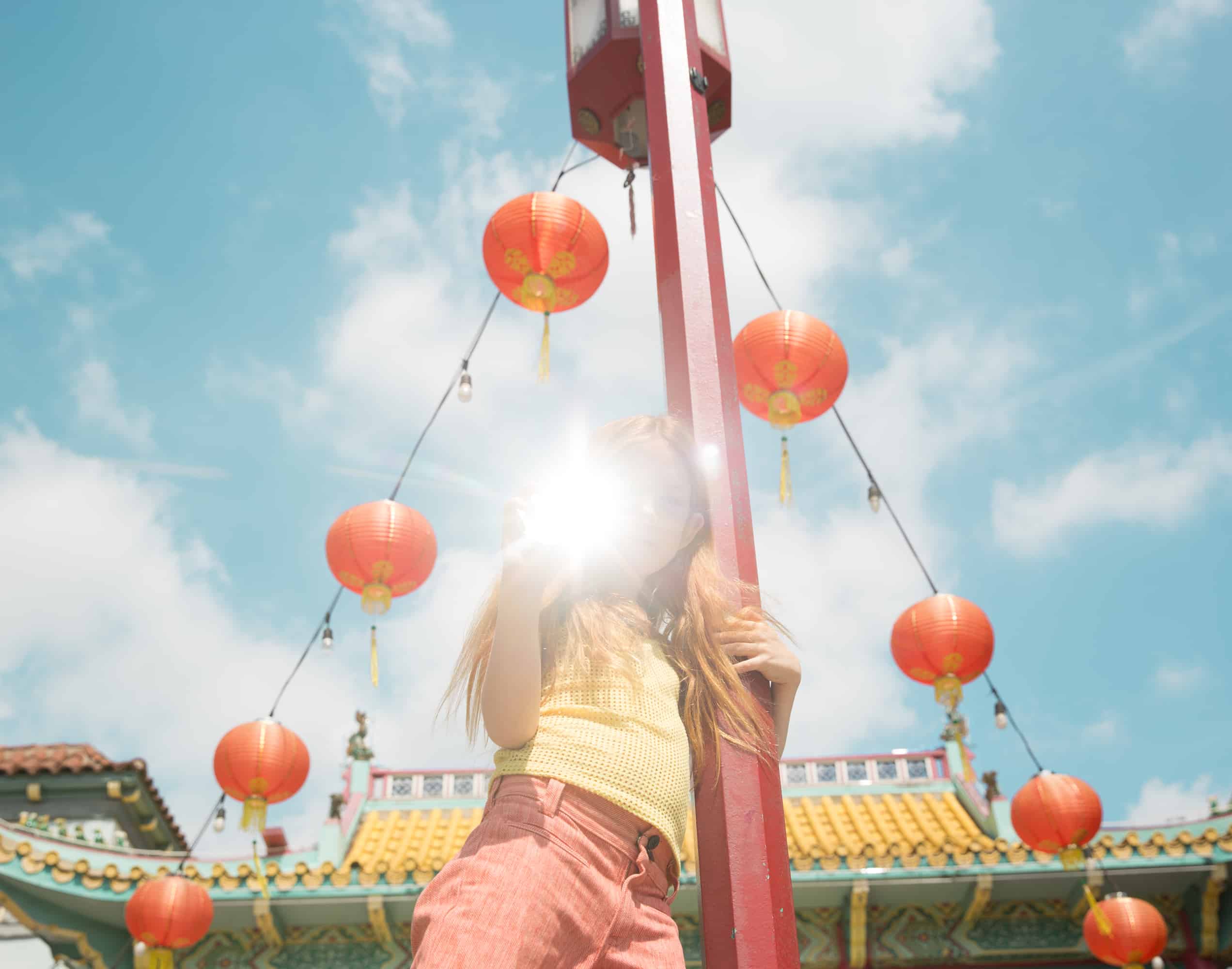


Magic City for jimjam – Jimmy Marble
Right.
So finally, this was that spring where I was like, “okay, it’s Jimmy Marble now, no more ‘and Jimmy’, I’m going to really start pushing it, this is, I’m just going to finally own this thing.” And the mural was the first time I did it, and I looked at the mural, and I was like, “that is my hand, I made those, I did all that,” and that’s something that cannot be replicated easily, it’s a real extension of my imagination, this mural, and it’s a really beautiful thing, and so after that point, I started incorporating a lot more handmade sets that I designed and did myself for I think maybe a year after that. And just made a high volume of work, where I was like, “okay, I’m going to make my work really difficult. If anyone wants to replicate this, they’re going to have to work really really really hard to do it.”
Hahaha!
So it was this moment where I, I don’t know, I felt like it helped me find a new creative voice, or a new tool in my toolbox that I could use when I needed to.
Right.
I’ve done a few now, I did one last summer at The Wythe Hotel in New York, and it’s just a really great, I don’t know, pure creativity. I’m not trying to make a living off of it. So I’m not trying to angle it, there’s no ulterior motive other than I want to do this thing.
It’s only got one master.
One master. I wish I could do it all the time.
Did you, you studied painting as part of your…?
I studied art history.
Ah.
We had a few classes, in fact, my favorite thing a professor ever told me was in my drawing class, it was the intro, as an art history major, you have to take the intro drawing classes. And my professor, she said to me, and I was really proud of these drawings, and I was like ,”do you think there’s something to them?” And she was like, “well, you’re not good at drawing, but you have really good ideas so just run with it.”
I admire her honesty.
I know, I love it. I love it.
How do you think your art history education helped?
I mean, it’s everything. It was everything. Knowing…it’s like…you can, I think you can just accidentally make better work if you have a deep understanding of visual language and the history of it, and know where everything comes from, and use it as a lexicon, just inside of you. I think you have a way better chance just to frame something more interestingly, or it sharpens your instincts if you just know, I don’t know, it’s like anything. You can talk politics better if you know the history of politics, and you know why things are the way they are, so I think that’s how art history plays out. If you know it, and you really…you don’t have to love it, but if you really know it. I don’t know, it helps to love it.
If you’re going to make art, you should probably like art.
Yeah. You can make more interesting things that way. If you look at the films of Peter Greenaway, that guy knows art history, he’s an encyclopedia. And you see it, it’s crazy how visually rich his movies are. He’s the most extreme example of it that I can think of, where you are making movies about art history that are posing as these other stories.
Or the story is a vehicle for the art history.
Yeah, exactly. On a different level, I would love to be a professor some day, I love art history so much, and it’s a really nice way to just be kind of in commune with the past, by referencing it up and bringing it back into the future, the present.
You know what’s really inspiring to me? The Seattle Seahawks! Pete Carroll, do you watch football?
No, but I have a layman’s understanding of football, and the current players!
Okay, so Pete Carroll, the head coach, is really, he’s like a new type of football coach, and his whole philosophy is that it’s all about winning, it’s all about greatness, but it’s individual greatness. And his players are some of, especially his defense, they’re, it’s going be one of those historic defenses, they’re doing it better than anyone’s ever done it, but the way he coaches is by encouraging his players to just be the best versions of themselves, and not try and meet any expectation that’s outside of…you have your strengths, you are not that player, I am not going to try and make you into that player, it’s you. You have to do it, and you have to be the best, and like, I’ve been thinking about that a lot, where it’s like I’m never going to be Ryan McGinley, I’m never going to be Man Ray, but I am who I am, and I have my strengths. And it’s up to me to find my own greatness, and keep trying to…
Be the best Jimmy Marble you can be!
To just keep being the best Jimmy Marble I can be! There’s already been Man Ray, there’s already been Richard Avedon.
Avedon’s got Avedon on lock.
Yeah, he’s got it on lock, we don’t need more photos from him, he did it.
Well that should do it. Thanks, man!
Thank you!
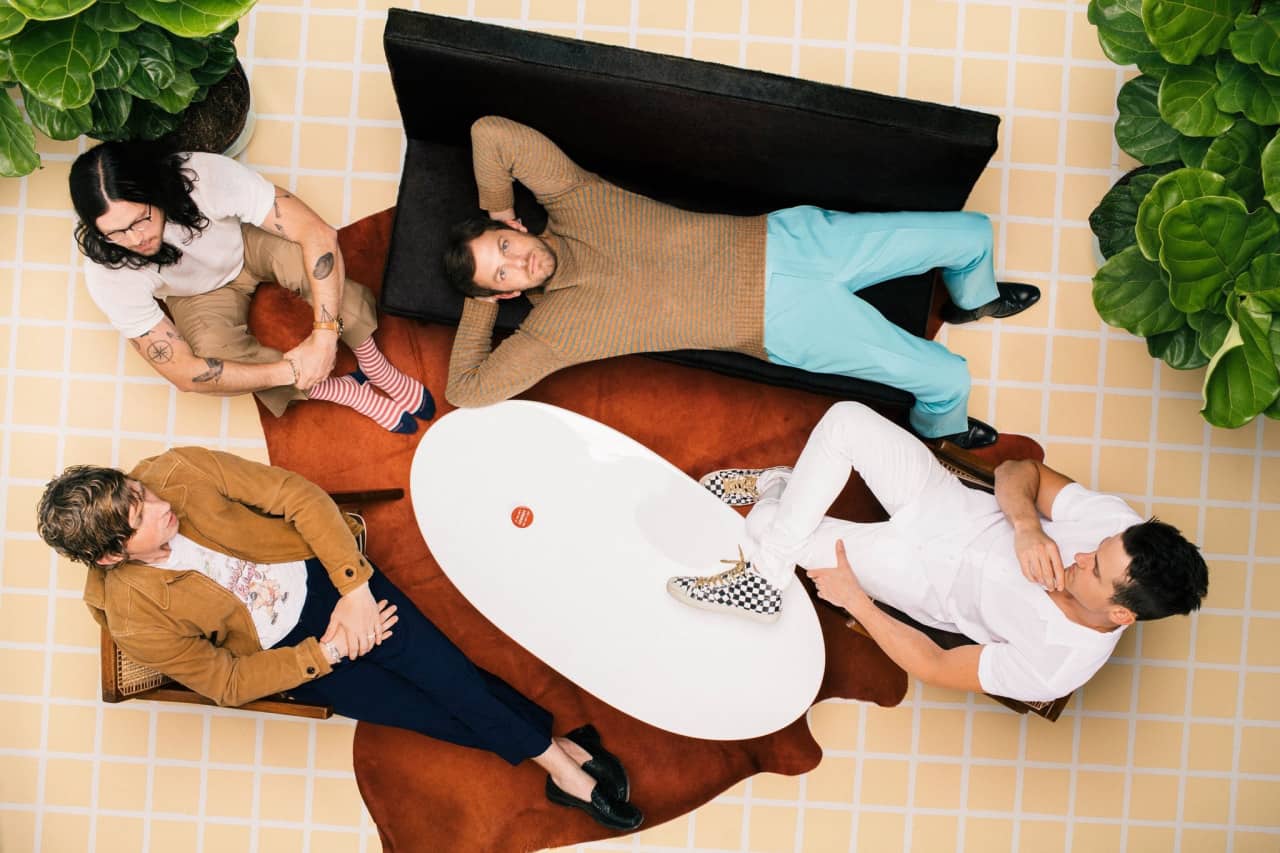
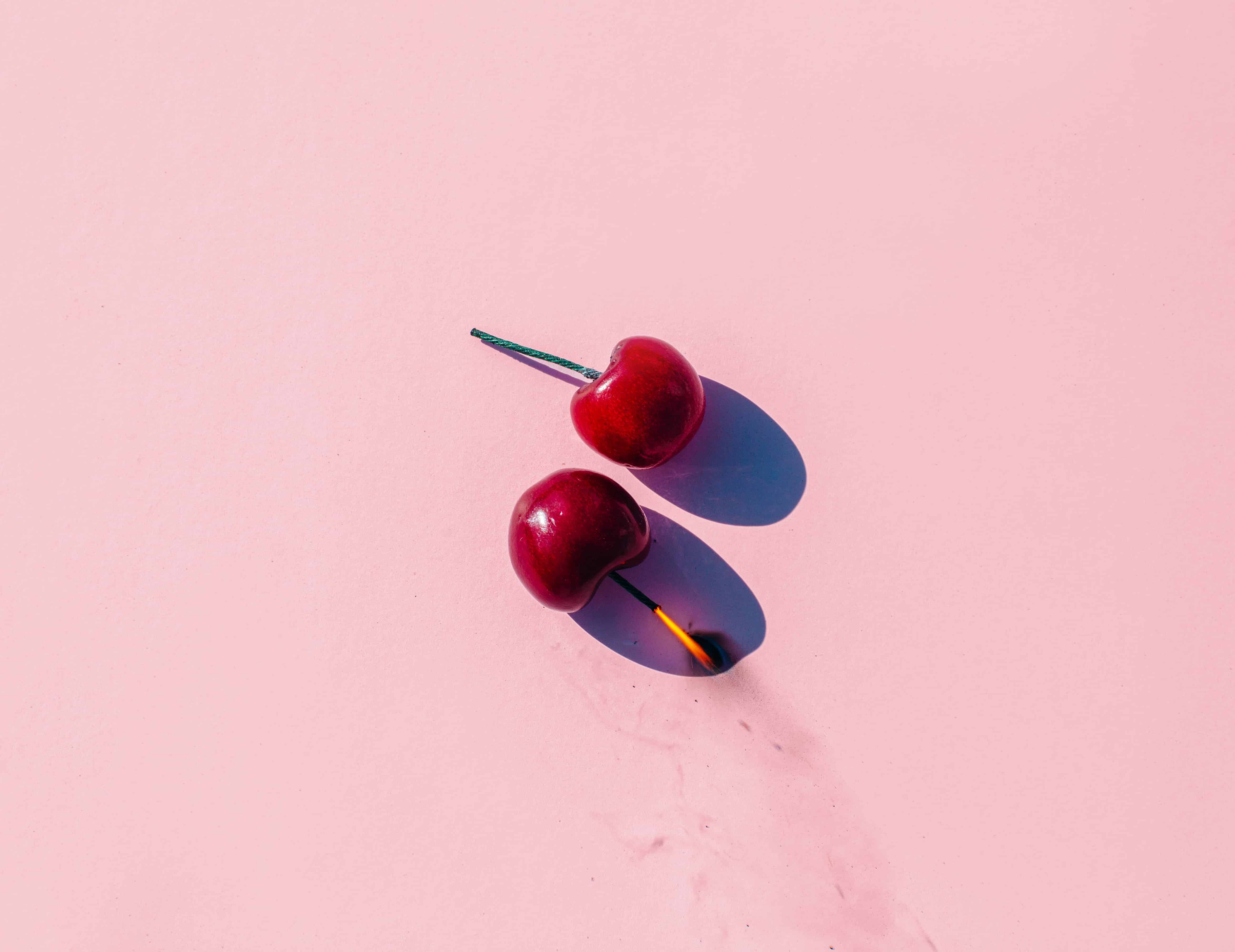
Kings of Leon 'WALLS' – Jimmy Marble